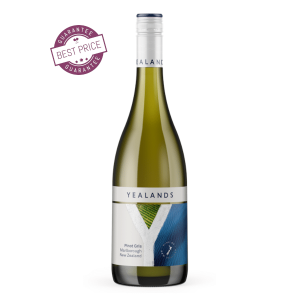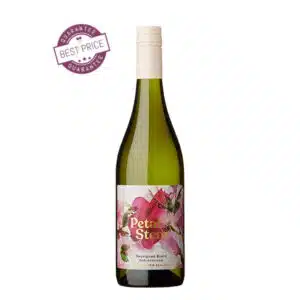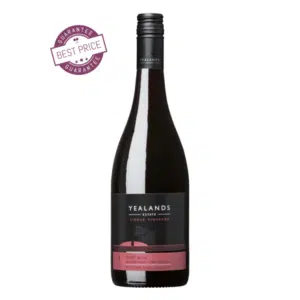Marlborough
Filter & Sort
Price
Showing all 3 results
-
Yealands Pinot Gris 2022
KShs2,485 incl. of VAT -
Petal & Stem Sauvignon Blanc 2023
KShs2,025 incl. of VAT -
Yealands Estate Single Vineyard Pinot Noir 2020
KShs3,645 incl. of VAT



